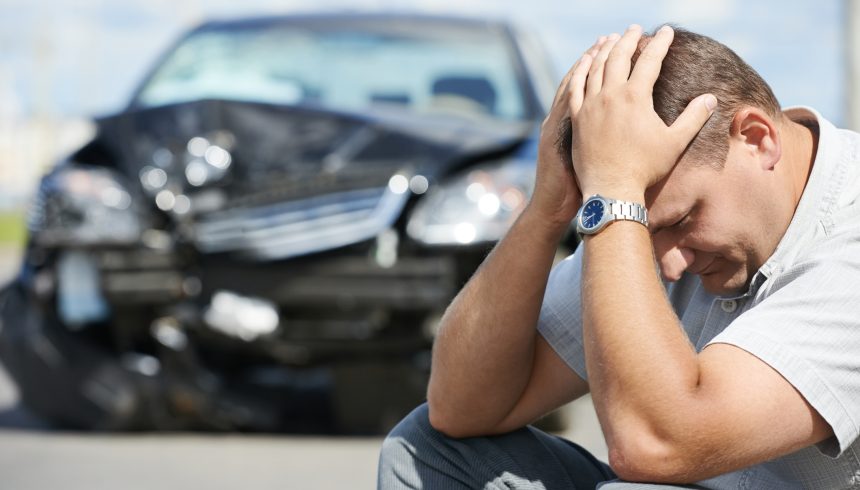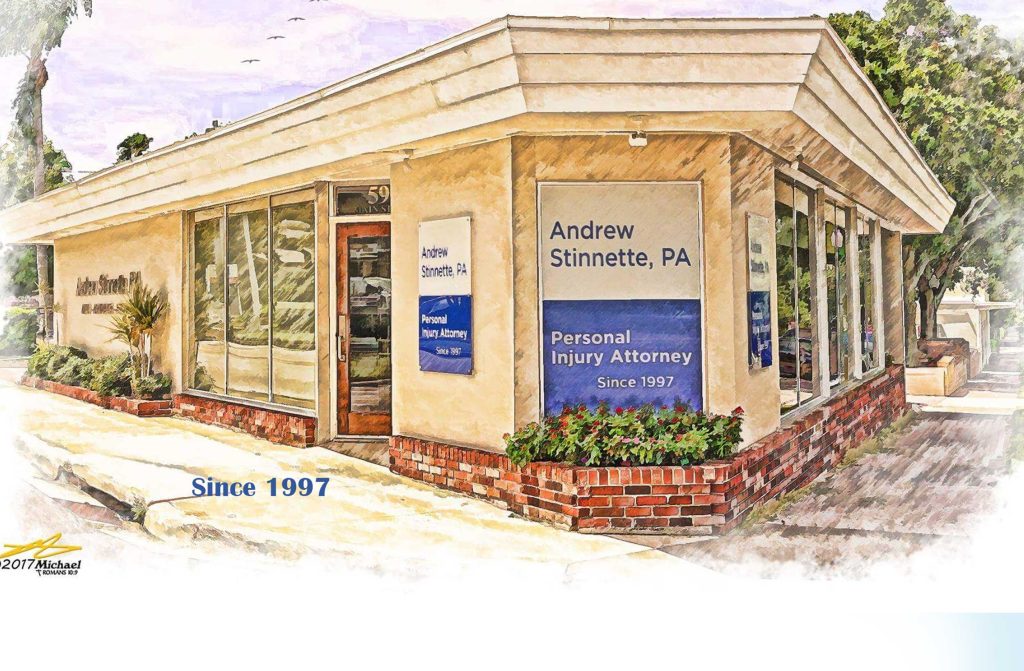





Florida auto accidents are a significant concern, affecting thousands of residents each year. In 2022 alone, the state reported an alarming 392,960 car accidents. These incidents resulted in 249,986 injuries and 3,495 fatalities, underscoring the gravity of this issue.
Auto accidents not only cause personal injury but also have broader implications, including financial burdens and emotional distress for victims and their families. These statistics highlight the urgent need for awareness and preventive measures.
Key Takeaways:
Understanding these facts about Florida auto accidents can empower you to make safer driving decisions and advocate for stronger safety measures in your community.
Florida’s roads saw a staggering number of car accidents in 2022. The car accident statistics for the state reveal the significant impact on public safety:
These numbers show how urgent it is to address road safety. The high number of injuries and deaths highlights the potential dangers every driver faces. Knowing these statistics can help you understand why safe driving is crucial and remind you to stay alert on the road.
Distracted driving is one of the leading causes of auto accidents in Florida. It includes activities like:
These distractions take attention away from the road and can greatly increase the chances of an accident. According to the National Highway Traffic Safety Administration (NHTSA), distracted driving caused 3,142 deaths in the United States in 2020.
Speeding makes accidents worse and is a major reason for fatal crashes. Higher speeds mean less time to react and longer stopping distances, making it harder to avoid crashes. In 2019, speeding-related incidents led to 1,261 injuries and 384 deaths in Florida alone. The force during high-speed collisions often results in more severe injuries and higher death rates.
Driving under the influence of alcohol or drugs is still a big issue on Florida’s roads. DUI incidents affect judgment, coordination, and reaction times, making drivers more likely to cause accidents. Statistics from MADD (Mothers Against Drunk Driving) show that in 2019, there were about 5,125 alcohol-related crashes in Florida, leading to many injuries and deaths. DUI offenses not only put lives at risk but also have serious legal consequences including fines, license suspension, and jail time.
Understanding these common causes highlights the need for increased awareness and following safe driving practices to reduce risks on Florida’s roads.
Certain counties in Florida are recognized as accident hotspots due to their higher frequency of auto accidents. Miami-Dade County, Broward County, and Hillsborough County top the list.
Miami-Dade consistently reports a significant number of car accidents due to its high population density and heavy traffic. The bustling urban environment, coupled with numerous tourists unfamiliar with local roads, contributes to frequent collisions.
Broward County experiences a high rate of accidents mainly because of its extensive road network and growing population. The influx of new residents and visitors often leads to increased traffic congestion and higher accident rates.
Hillsborough County is another high-risk area, largely due to the presence of major highways intersecting through it. The combination of high-speed limits on these roads and the volume of commuter traffic elevates the risk of severe auto accidents.
Understanding these high-risk areas can help drivers exercise extra caution when navigating through them.
Florida’s roads pose significant challenges for both motorcyclists and pedestrians, as shown by alarming statistics on accidents and deaths.
In 2021, motorcycle fatalities in Florida reached 651, demonstrating the high risk faced by motorcyclists. Factors contributing to these accidents often include:
Pedestrian safety remains a critical issue with 835 pedestrian deaths reported in 2021. Contributing elements often involve:
“The high number of motorcycle and pedestrian accidents underscores the need for enhanced safety measures and greater awareness among all road users.”
Addressing these concerns requires collaborative efforts from local authorities, urban planners, and the community to improve safety infrastructure and promote responsible driving behaviors.
Florida’s no-fault insurance system requires each driver’s insurance to cover their own medical expenses and lost wages, regardless of who caused the accident. This system aims to reduce litigation and ensure quick payment for minor injuries. For a deeper understanding of this system, you can refer to this resource on understanding the Florida no-fault law.
In accidents causing severe injury or death, you may pursue legal action outside the no-fault system. This includes pain and suffering claims, which are not covered under PIP. Knowing your rights and coverage requirements helps navigate the complexities following an accident.
Florida has a significant issue with uninsured motorists, with approximately 20.4% of drivers lacking insurance coverage. This high percentage poses a considerable risk for insured drivers who may find themselves involved in accidents with uninsured individuals. The lack of insurance can complicate personal injury claims and settlements.
Understanding these statistics underscores the importance of ensuring adequate insurance coverage and considering additional protections like uninsured motorist coverage.
Several key factors can influence the amount you may receive in a personal injury settlement after an auto accident in Florida. Understanding these elements is crucial for navigating the complexities of settlement negotiations.
The extent and severity of your injuries play a significant role in determining the compensation amount. More severe injuries typically result in higher medical costs and longer recovery times, which can increase the settlement figure.
Your medical expenses, from emergency room visits to ongoing treatments, directly impact your settlement. Detailed medical records and bills are essential for substantiating these costs.
If you miss work due to your injuries, your lost wages will be factored into the settlement. This includes both past and future income, considering your ability to return to work or any long-term disability resulting from the accident.
Florida’s pure comparative fault system means that your compensation can be reduced by your percentage of fault in the accident. Accurate documentation and legal representation can help mitigate this impact.
The limits of both your insurance policy and that of the at-fault driver affect the potential settlement amount. Understanding these limits is essential for setting realistic expectations.
By grasping these factors, you can better prepare for the settlement process and aim for fair compensation in your personal injury case.
Understanding the time constraints is crucial when pursuing legal action after a car accident in Florida. The state’s statute of limitations for filing a wrongful death claim is two years from the date of the incident. Missing this deadline can result in forfeiture of your right to seek compensation.
If you don’t meet these deadlines, it can seriously affect your ability to get compensation for the damages and losses you’ve suffered.
Prioritizing safety and awareness on Florida’s roads is crucial. Adopting safe driving practices can significantly lower the risk of accidents.
Emphasizing these Florida auto accidents awareness tips can help protect you and others on the road. By staying informed and vigilant, you contribute to safer driving environments and potentially avoid personal injury Florida auto accidents.
For any legal or insurance-related queries post-accident, consult a professional to navigate the complexities effectively. Stay safe and drive responsibly.

INJURY ATTORNEY
597 Main St.
Dunedin, FL 34698
727-733-4878









